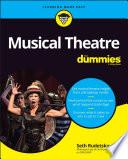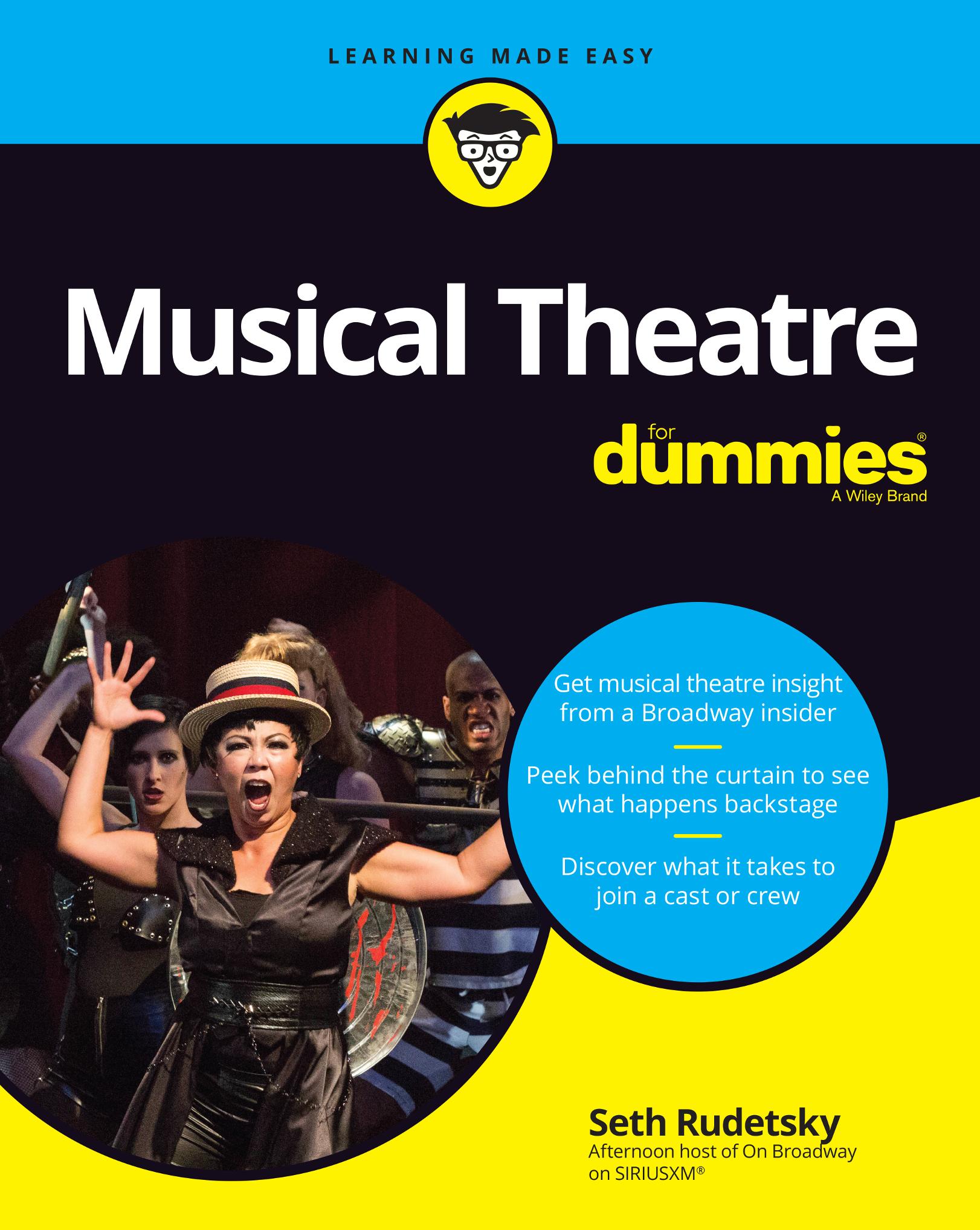
https://ebookmass.com/product/musical-theatre-for-



https://ebookmass.com/product/musical-theatre-for-

https://ebookmass.com/product/physical-science-13th-edition-billtillery/
ebookmass.com
Blackwood Institute: The Complete Trilogy Rose

https://ebookmass.com/product/blackwood-institute-the-completetrilogy-rose/
ebookmass.com
Sexual and Reproductive Health of Adolescents with Disabilities Tafadzwa Rugoho
https://ebookmass.com/product/sexual-and-reproductive-health-ofadolescents-with-disabilities-tafadzwa-rugoho/
ebookmass.com
Hunted Heir: (Santorin University Book 1) K.J. Thomas


https://ebookmass.com/product/hunted-heir-santorin-universitybook-1-k-j-thomas-2/
ebookmass.com
Enacting Values-Based Change: Organization Development in Action 1st Edition David W. Jamieson
https://ebookmass.com/product/enacting-values-based-changeorganization-development-in-action-1st-edition-david-w-jamieson/
ebookmass.com


Kant, Shelley and the Visionary Critique
Bradley Bassler
https://ebookmass.com/product/kant-shelley-and-the-visionary-critiqueof-metaphysics-o-bradley-bassler/
ebookmass.com


by Seth Rudetsky
Afternoon host of On Broadway on SIRIUSXM® with Ryan M. Prendergast
Bill Jenkins
Finally . . . the
CHAPTER 4: Oklahoma, Chicago, Avenue Q: Where Musical Theatre Takes Place
CHAPTER 6: Making the Musical The Creators
CHAPTER 7: Creating the Big Picture “The Room Where It Happens”
CHAPTER 8: Delivering the Details — The Creatives
CHAPTER 9: “Being Alive” — The Performers
10: Introducing the People Who Work the Show Night after Night
Part 3: The Blood,
Meeting the Thespians in Your Neighborhood
Shining the spotlight on local performers — Community theatre
Training tomorrow’s Broadway stars — University
Getting Tickets to the Hottest Show in Town
Planning in advance: At the theatre’s website or box office
Taking a chance: At a TKTS booth
Playing the lottery and winning big
Buying from a reseller: When ya just gotta see it
“Mr. Cellophane” — the Librettist
The librettist — The script writer
Identifying the best-ist librettist(s)
“I Feel a Song Coming On” — The Composer
“Words! Words! Words!” — The Lyricist
Focusing on what a lyricist does
Giving characters the words to sing and express their feelings
Recognizing the Very Best
Introducing the Ensemble — Side by Side
“So many people in the world” (of a musical)
Recognizing who’s in the ensemble
When the Show Must Go On: Understudies, Standbys, and More
Understudies — “I know it! I can go on!”
Standbys — The Vera Charles of understudies (“I was never in the chorus”)
Swings — So many parts!
CHAPTER 10: Introducing the People Who Work the Show Night after Night
“Another (Almost) Hundred People” — The Backstage Crew
Keeping track of props — The prop crew
The Sound of Music — The sound crew and sound board operator
Shining the spot — The spotlight operator
Handling set changes — On- and offstage crew members
Flying in lights, scenery, and more — The fly rail crew
Odd crew job example 1: Onstage
Odd crew job examples 2 and 3: Under the stage
Odd crew job example 4: Side of stage
Readings — “I See Possibilities”
Narrowing down theatre options
Picking the right time
Offers — Negotiating . . . and signing on the dotted line
Rehearsing for six to eight weeks
Tech rehearsal — Working in the actual theatre
run-through — Including everything
Diving deeper into the nitty-gritty of rehearsals
Brushing up — “Put ’Em Back The Way They Was”
Rehearsing the fisticuffs — Fight call
Getting all dolled up — wig/makeup call
Setting That Alarm for TV Appearances
“I Could Have Danced All Night” — Dancing (Don’t skip!)
“I Hope I Get It” —
You know that expression that people who love cocktails used to encourage day drinking? They pour themselves a drink at 11 a.m. and toast the air saying, “It’s 5 o’clock somewhere!” I’ve repurposed that saying to be about musical theatre, and here it is:
No matter what time of day it is where you are, there is a musical being performed somewhere in the world.
Yes, musicals are an American art form, but they’re beloved all around the world. Well, not all around the world. There are definitely some places where musicals aren’t performed.
Yet.
You see, I’m hoping musicals will eventually be performed in every city, town, and village the world over. Think how much safer the world would be! What do I mean by that? Well, my friend Kristine Zbornik said it best in her show Ball of Confusion during the opening number entitled “Show Tune” (written by Jason Robert Brown). She’d say, “I believe it is physically impossible to commit a violent act while singing a show tune.” People would laugh because she was obviously exaggerating . . . but was she? Hmm. I say you and I try it first and then decide. Yes! We can see what happens if the people of the world spend the bulk of their day singing show tunes. That, my friends, is what this book is for! To spread the love of musical theatre. Globally. And also, hopefully, to impart some knowledge. And definitely, to give you some fun inside stories directly from the mouths of people who perform on Broadway! This book is for people who know every little thing about Broadway, and it’s for people who have never heard of Cats, Wicked, or Hamilton.
Like musical theatre, this book is for everyone.
Why read this book? Well, you can use it to discover historical information about how musicals have developed over time, or to figure out if you want some kind of career in theatre, or to read some fun stories about your favorite musical or favorite star. Musical Theatre For Dummies can help you brush up on theatre terms before
you start rehearsal for your next show. It’s also a way to take a break from the outside world and get lost in all things musicals.
And why was I asked to write this book? Well, I’ve been working on Broadway since the early 1990s, so I have ye olde “street cred*. I began as a pianist in the orchestra (the original Broadway run of Les Misérables), graduated to conducting, then to acting on Broadway, and then to co-writing my own musical as well. (*The street is Broadway.)
And throughout all those years, I’ve been chatting with stars and creators and everyone else who works on Broadway in the various talk shows I’ve done. First, in my weekly talk show at Don’t Tell Mama that raised money for Broadway Cares/Equity Fights AIDS called Seth’s Broadway Chatterbox, and then in my weekly talk show on SiriusXM radio called Seth Speaks. I’ve heard countless tales of bizarre auditions, hilarious mishaps onstage, last-minute ideas that saved a musical, wrong choices that doomed a show, costume failures, wig debacles, and so much more! And I’ve put all that knowledge that’s been floating around my head for years into this book.
Full disclosure: If you like (stuffy) academic writing, this probably isn’t the book for you. However, if you want information about musical theatre directly from the people who create it and/or are part of it eight times a week, this book is for you!
Are you at a bookstore right now flipping through this book and thinking “Hm . . . am I interested? Or should I spend this money on a latte?” Well, my therapist always tells me I project, so here are some of the assumptions I’m pretty sure you might be making right now:
» YOU’RE THINKING: You don’t know anything about musical theatre, and this book will be all inside information and theatre sayings and you won’t know what the H is happening.
ASSUMPTION BUSTER: I wrote this book so someone unfamiliar with musical theatre can discover the basics about it and enjoy stories about some universal hilarious situations.
» YOU’RE THINKING: You know everything about musical theatre, and you don’t need to read a whole book about stuff you yourself could teach at a university.
ASSUMPTION BUSTER: Even if you have a PhD in musical theatre, this book has stories you’ve never heard before. Why? Because some of them were only told to me! Yes, I admit I’m breaking some boundaries and revealing inside stories so you can be entertained!
» YOU’RE THINKING: I want to do musicals one day, but I’m too old/overweight/ clumsy/short/tall/<insert adjective here>.
ASSUMPTION BUSTER: This book will give you confidence to pursue your dream.
» YOU’RE THINKING: I hear Seth on the radio all the time, and his voice gives me a splitting headache.
ASSUMPTION BUSTER: Guess what? This book is made up of the written word, so you can hear it in your head in any voice you want. Why not imagine the dulcet tones of Meryl Streep reading it . . . in one of the millions of accents she’s perfected.
In the margins of the book, you’ll find these icons, and here’s why they’re there.
This means that it’s a fun, possibly tangential, story. These are the kind of stories with which you’ll want to regale your musical theatre pals!
This icon appears next to insider tidbits that are good to know, so you can throw them around at cocktail parties.
Sometimes I really want to emphasize the point I’m making, and this icon helps me do that.
If you’re a musical theatre freak like me and want to know as much as you can about the goings-on on Broadway and more, check out the following:
» Cheat Sheet: You can find the Cheat Sheet, complete with additional nuggets of information, for this book by going to www.dummies.com and searching for “Musical Theatre For Dummies Cheat Sheet.” Save it in your bookmarks and refer to it whenever you need a quick refresh.
» My website SethRudetsky.com: This has info on all my upcoming performances all over the world . . . many with Broadway stars who I mention in this book! It also has info on my Broadway Cruise. Yes, it’s a super fun vacation to sail
IN THIS PART . . .
Gain an appreciation for the history of musical theatre during the past 100 years or so.
Look at the different parts of Act One, starting with the overture and ending with intermission.
Find out what happens through Act Two until the exit music.
Recognize the many places in the world you can enjoy musical theatre, beginning obviously with Broadway.
Discover how to find the best-value tickets for Broadway.
Know how to behave like a respectful veteran Broadway patron.
IN THIS CHAPTER
» Understanding what musical theatre is
» Appreciating the vast array of musicals
» Meeting the professionals who make musicals
You picked up your tickets at the box office, and you’re about to enter the theatre. Ugh! Why did you bring a bag with you? Now, the security guard has to look inside it with a flashlight to see if you have anything forbidden — a weapon, a giant recording device, a sticker that says I LOVE CATS! NOW AND FOREVER*.
*Just kidding**.
**Not really.
Phew! You’re cleared and now you show your tickets to the usher who hands you a Playbill and escorts you to your seat. Nice! Eighth row aisle. Ugh! Why does there have to be a tall person sitting in front of you. Down in front! Oh, wait. That’s Tommy Tune*. Hi, Mr. Tune. Huge fan of your work! So . . . you’re 6’ 6”, correct? Cool. What a wonderfully bold choice for you to wear a top hat. I’m sure I can see around it
*This really happened to me!
Yes, Broadway musicals must have music. Does that mean the music has to be in a Broadway style? Well, let me ask you: What is a Broadway style? Is it the old timey Irving Berlin/Cole Porter American Songbook style? Sure it is!
But is it also Best Little Whorehouse In Texas country style? You got it!
But what about rock ‘n’ roll Hair style? You bet!
And how about Porgy and Bess operatic style. Is that Broadway? Of course!
So, you’re also saying Hamilton music is Broadway style?
Well, it’s on Broadway, isn’t it?
My point is, there is no specific type of music that has to be in a Broadway musical. The show just has to have music and be in a Broadway theatre.
What’s your favorite Broadway song by the way? You may not remember the lyrics, but you undoubtably remember the melody. Broadway musicals must have music and, as I’m sure you know, good Broadway musicals have songs that stay with you forever.
The music in musical theatre must have lyrics. And those lyrics help define characters and situations as well as advance the plot. And, the most amazing part, those lyrics have to rhyme. Yes, some false rhymes have certainly hit Broadway (especially in the last 20 years! Don’t get me started), but the majority of Broadway lyrics rhyme and, boy, that takes skill!
What’s your favorite Broadway lyric? I have a lot, but I especially love the Sondheim lyrics from “Another Hundred People.” There’s one section that shows perfectly how busy New Yorkers are always looking for the next, best thing and not fully committing to anything. You know, there may be something better out there so better not lock down a plan.
“Did you get my message cause I looked in vain?
Can we see each other Tuesday if it doesn’t rain?
Look, I’ll call you in the morning, or my service will explain . . .”.
(P.S. Service refers to answering services. In 1970, people didn’t have answering machines.) Think about your favorite lyric! Aren’t you impressed the lyricist can get that thought across and make it rhyme?
The book is also called the libretto or the script (See Chapter 2 for many more details about the book, as well as the music and lyrics). The book is vitally important to so many musicals, yet (twist ending) not all musicals have them. Meaning not all musicals have spoken dialogue, but 99 percent have a story and the story is also considered the book.
For example, the show Falsettos is entirely sung. It has no dialogue, but the story is very detailed. So, the music/lyrics are credited to William Finn, and the book is credited to William Finn and James Lapine, even though there’s no spoken dialogue. They wrote the book (that is, the story) together.
Let me explain why I said that 99 percent of musicals have a book. That’s because some musicals are revues — nearly identical to a musical but without the story/ plot; those types of Broadway musicals aren’t as common as book musicals. And often, they’re not as successful. Probably the most successful was Ain’t Misbehavin’, which was a revue of Fats Waller music and not only ran for years but also won the Tony Award for Best Musical! How incredible is that? Those five performers were simply riveting at performing Fats Waller songs that their show won Best Musical over scripted musicals like On the Twentieth Century.
The term choreography refers to the creation of dance. Most of you probably know that term, but maybe not everyone does. That’s why when a musical wins a Tony Award for Best Choreography, it sometimes has a banner outside its theatre reading “Best Dancing!”
Unlike music, not every musical has dancing in it. Let me clarify: Not every musical has lots of dancing or big dance numbers in them, but 99 percent of musicals have some form of dancing. In fact, any type of specific movement that’s a song is a form of dancing. So some musicals have lots of dance numbers like Some Like It Hot and some have smaller dance moments like Dear Evan Hansen.
Having dancing during a song can make it much more exciting. Listen to the song “America” from West Side Story with its wonderfully clever lyrics and hummable